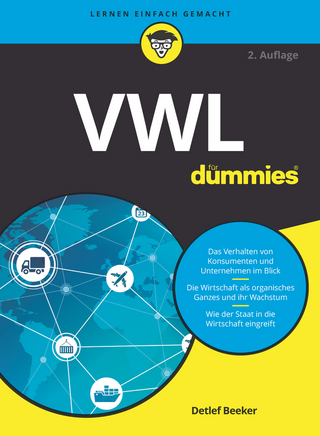
Solutions for the World's Biggest Problems
Cambridge University Press (Verlag)
978-0-521-71597-3 (ISBN)
The world has many pressing problems. Thanks to the efforts of governments, NGOs, and individual activists there is no shortage of ideas for resolving them. However, even if all governments were willing to spend more money on solving the problems, we cannot do it all at once. We have to prioritize; and in order to do this we need a better sense of the costs and benefits of each 'solution'. This book offers a rigorous overview of twenty-three of the world's biggest problems relating to the environment, governance, economics, and health and population. Leading economists provide a short survey of the analysis and sketch out policy solutions for which they provide cost-benefit ratios. A unique feature is the provision of freely downloadable software which allows readers to make their own cost-benefit calculations for spending money to make the world a better place.
Bjørn Lomborg is Director of the Copenhagen Consensus Center and Adjunct Professor in the Department of Management, Politics and Philosophy at Copenhagen Business School. He is the author of the controversial bestseller, The Skeptical Environmentalist (Cambridge, 2001), and was named as one of the most globally influential people by Time magazine in 2004.
List of figures; List of tables; 1. Introduction Bjørn Lomborg; Part I. Economy: 2. Financial instability Peter Blair Henry; 3. Lack of intellectual property rights Keith E. Maskus; 4. Money laundering Donato Masciandaro; 5. Subsidies and trade barriers Kym Anderson; Part II. Environment: 6. Air pollution Guy Hutton; 7. Climate change Gary Yohe; 8. Deforestation Henk Folmer and G. Cornelis van Kooten; 9. Land degradation Ian Coxhead and Ragnar Oygard; 10. Loss of biodiversity Dan Biller; 11. Vulnerability to natural disasters Roger A. Pielke; Part III. Governance: 12. Arms proliferation Paul Dunne; 13. Conflicts Paul Collier; 14. Corruption Susan Rose-Ackerman; 15. Lack of education Peter Orazem; 16. Terrorism Daniel Linotte; Part IV. Health and Population: 17. Drugs Jefrey A. Miron; 18. Diseases Dean Jamison; 19. Lack of people of working age Robert E. Wright and Katerina Lisenkova; 20. Living conditions of children Harry Anthony Patrinos; 21. Living conditions of women Brinda Viswanathan; 22. Malnutrition/hunger Jere R. Behrman, Harold Alderman and John Hoddinott; 23. Unsafe water and lack of sanitation Guy Hutton; 24. Population: migration Michael J. Greenwood; Index.
| Erscheint lt. Verlag | 18.10.2007 |
|---|---|
| Zusatzinfo | 56 Tables, unspecified; 3 Halftones, unspecified; 28 Line drawings, unspecified |
| Verlagsort | Cambridge |
| Sprache | englisch |
| Maße | 154 x 228 mm |
| Gewicht | 732 g |
| Themenwelt | Wirtschaft ► Volkswirtschaftslehre |
| ISBN-10 | 0-521-71597-0 / 0521715970 |
| ISBN-13 | 978-0-521-71597-3 / 9780521715973 |
| Zustand | Neuware |
| Haben Sie eine Frage zum Produkt? |
aus dem Bereich


